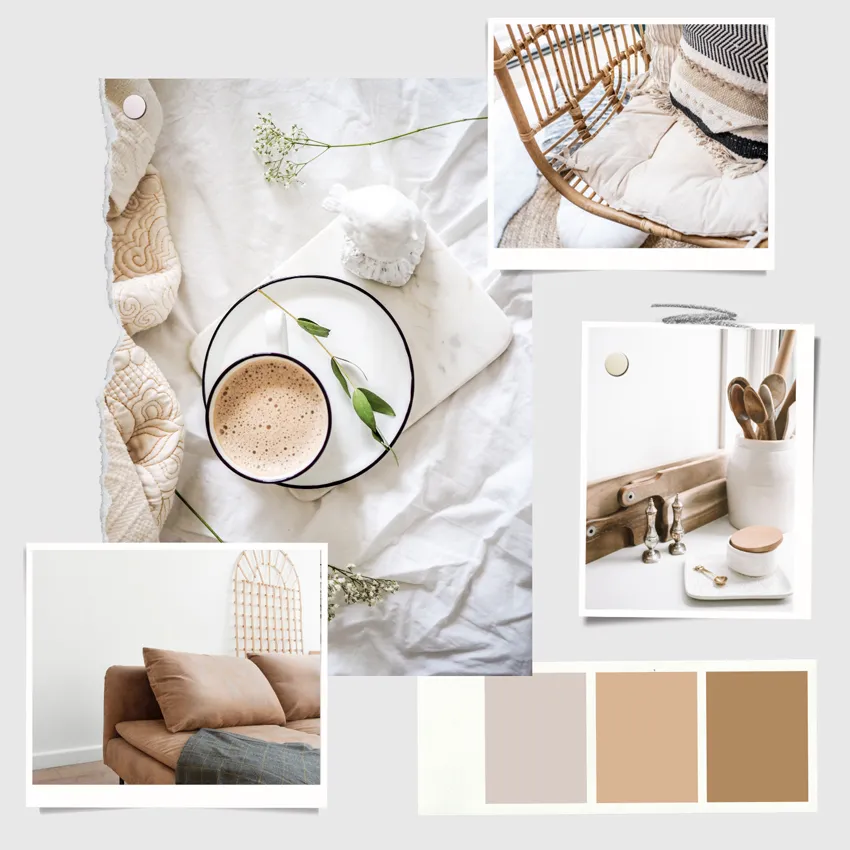How to Develop Your Interior Design Concept

The DNA of Design: How to Develop Your Interior Design Concept
As a professional interior designer, I often find that the most challenging, yet ultimately the most crucial, stage of any project is the genesis of the central concept...
Phase 1: Deep Discovery and Functional Foundation
Before I even think about color palettes or furniture, I dedicate significant energy...
1. The Functional Brief and Site Analysis
- Who: Who uses the space? What are their daily routines?
- How: How must the space perform functionally?
- Where: What does the environment tell me?
2. Identifying Constraints and Opportunities
Constraints are not roadblocks; they are the boundaries within which creativity thrives...
3. Gathering Initial Inspiration (The "Mood-Finding" Stage)
I gather images, textures, poetry, and music that evoke a certain feeling...
Phase 2: Defining the Narrative and Core Statement
| Functional Need | Emotional Goal | Concept Keyword |
|---|---|---|
| Needs durable materials for kids | Wants a comfortable, settled feeling | Grounded |
| Needs integrated office and lounge | Wants a sense of seamless transition | Fluid |
| Views strong city light and architecture | Wants contrast between soft interior and hard exterior | Sanctuary |
Example Concept Statement: “The design seeks to create a Grounded Sanctuary by leveraging natural stone and deep wood tones...”
Core Tools for Concept Development
| Tool Category | Purpose in Concept Development | Benefit |
|---|---|---|
| Physical Concept Board | Organizes tactile materials that embody the core feeling. | Essential for understanding texture and real light interaction. |
| Digital Software (Miro, InDesign) | Used for image research, layout planning, and storytelling. | Allows for rapid iteration and client collaboration. |
| Concept Statement/Keywords | Serves as the project’s foundational manifesto. | Ensures all stakeholders are aligned on emotional goals. |
Conclusion: The Power of Intentional Design
Developing a strong interior design concept is the difference between decorating a room and designing an environment...
Frequently Asked Questions (FAQ)
Q1: What is the biggest mistake people make early in concept development?
The biggest mistake is starting with the style instead of the function and emotion...
Q2: How is a design concept different from a brief?
The brief outlines logistical requirements, while the concept defines the emotional and creative direction...
Q3: How do I choose between two strong ideas for a concept?
If you have two compelling ideas, test them against the primary emotional goal...
